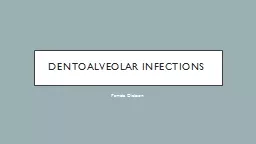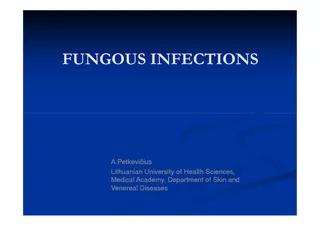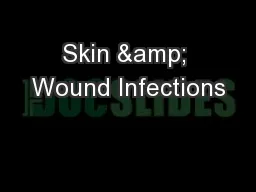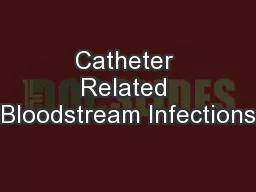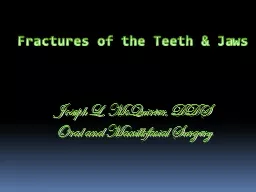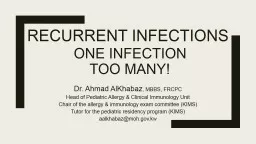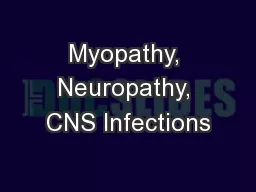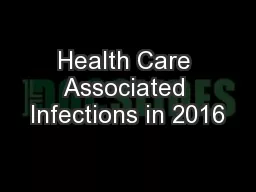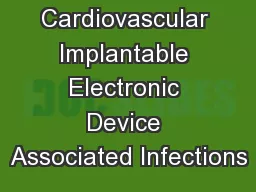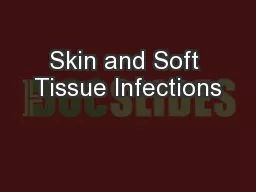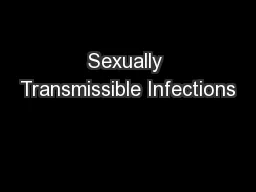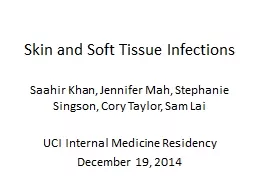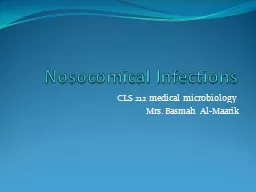PPT-Dentoalveolar infections
Author : olivia | Published Date : 2022-06-15
Pamela Dickson Dentoalveolar infections Definition pus producing or pyogenic infections associated with the teeth and surrounding supporting structures such as the
Presentation Embed Code
Download Presentation
Download Presentation The PPT/PDF document "Dentoalveolar infections" is the property of its rightful owner. Permission is granted to download and print the materials on this website for personal, non-commercial use only, and to display it on your personal computer provided you do not modify the materials and that you retain all copyright notices contained in the materials. By downloading content from our website, you accept the terms of this agreement.
Dentoalveolar infections: Transcript
Download Rules Of Document
"Dentoalveolar infections"The content belongs to its owner. You may download and print it for personal use, without modification, and keep all copyright notices. By downloading, you agree to these terms.
Related Documents

